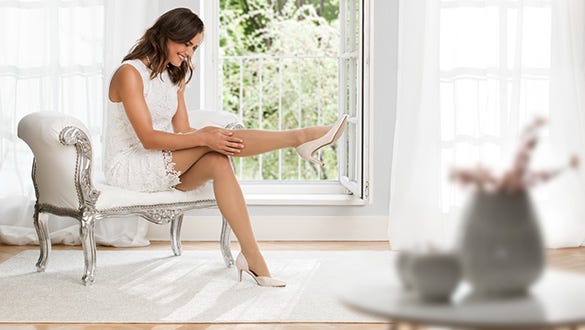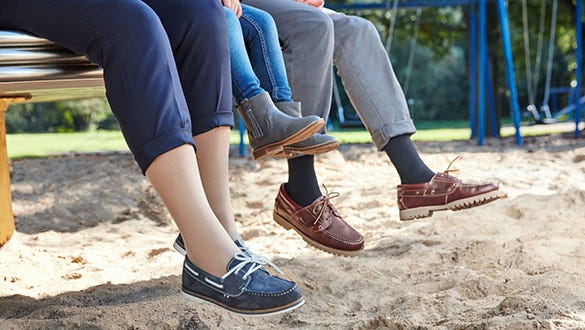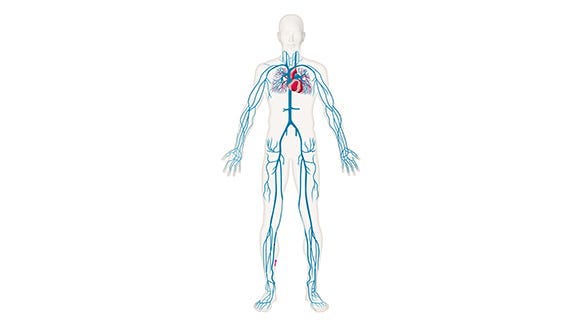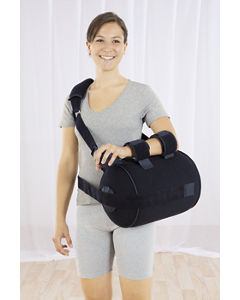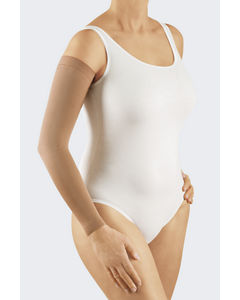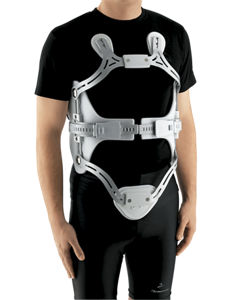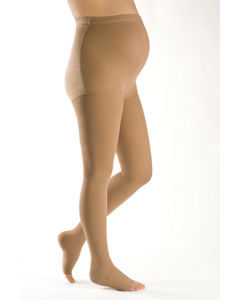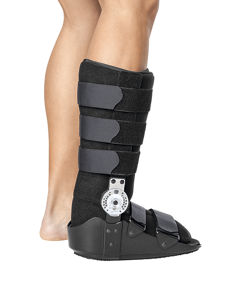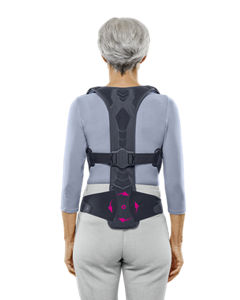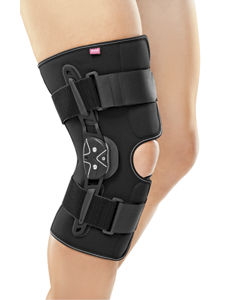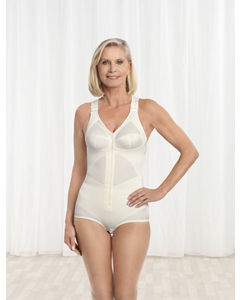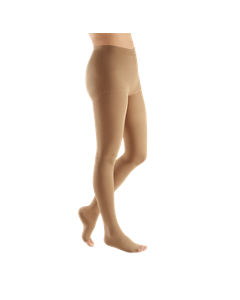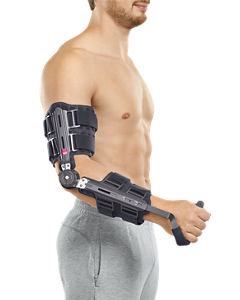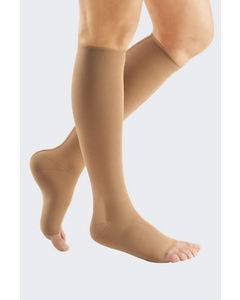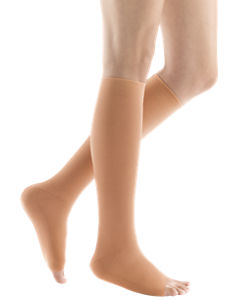- Free First Class Delivery
- Buyer Protection
- Secure Online Shopping
- Healthcare Professional? Click here
Categories
Anatomy of the venous system
The venous system is that part of the circulation in which the blood is transported from the periphery back to the heart. We distinguish between the superficial and the deep venous systems.
The superficial subcutaneous venous system in the legs includes the long saphenous vein and the short saphenous vein. It transports the blood from the surface (skin and subcutaneous tissues) where it collects in the deep veins.
The deep venous system includes the iliac, femoral, popliteal and deep femoral veins. The deep veins generally run parallel to the corresponding arteries.
These two venous systems are separated from each other by connective tissue fascia and muscles and are connected by a third venous system – the perforating veins (=communicating veins).
The venous wall consists of three layers:
- intima (= inner layer)
- media (= middle layer) and
- adventitia (= outer layer)
The walls of the veins are thinner than those of the arteries. They are more distensible because they contain fewer elastic and muscle fibres.
The veins have crescent-shaped valves at longer intervals in the lumen that divide the long vessels into segments. These valves open as soon as the blood is pressed upwards towards the centre of the body against gravity and close in the instant that the blood comes to a "standstill" and would start to flow backwards.
Venous return - The function of the venous valves
The deoxygenated blood flows back to the heart via our circulation’s venous system. The heart plays an important role here: it not only pumps the blood under high pressure through the arteries in the body, but it also sucks the blood back from the body into the right atrium. This is called venous return.
Non-return valves
However, the heart as a pump is not strong enough to guarantee continual venous return from parts of the body that are distant from the heart. To make it easier for the veins of the leg to transport the blood up to the heart against gravity, the veins in the trunk and the legs are equipped with valves. The venous valves are cusps that grow out of the inner vessel walls and lie flat against the vessel wall, i.e. open, to allow the blood to flow unimpeded in the direction of the heart. The venous return is stopped as soon as the pressure in the veins sinks. The closed venous valves then bar the way and stop the blood flowing in the wrong direction. The venous valves work like non-return valves that only allow the blood to flow in a single direction.

